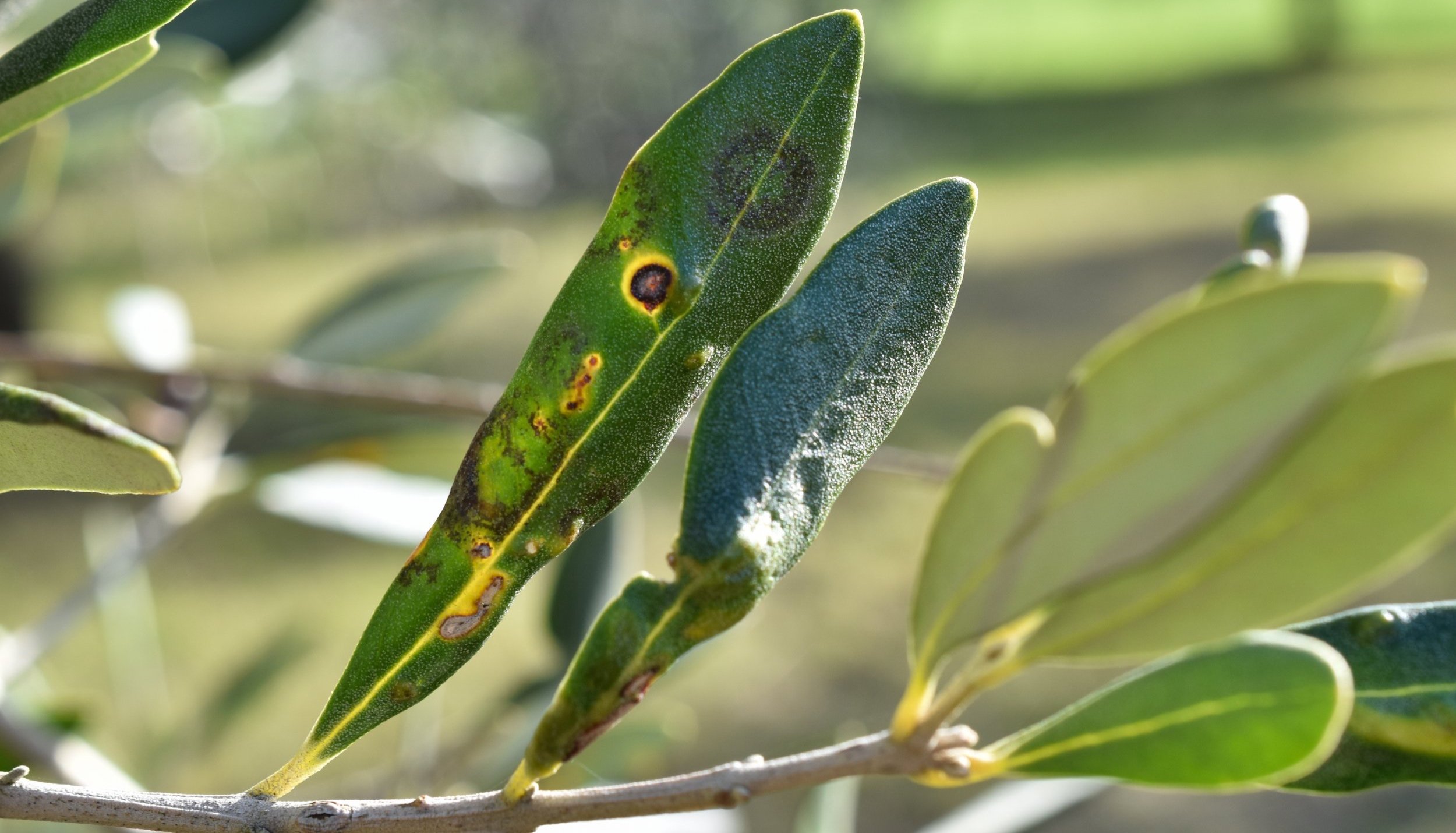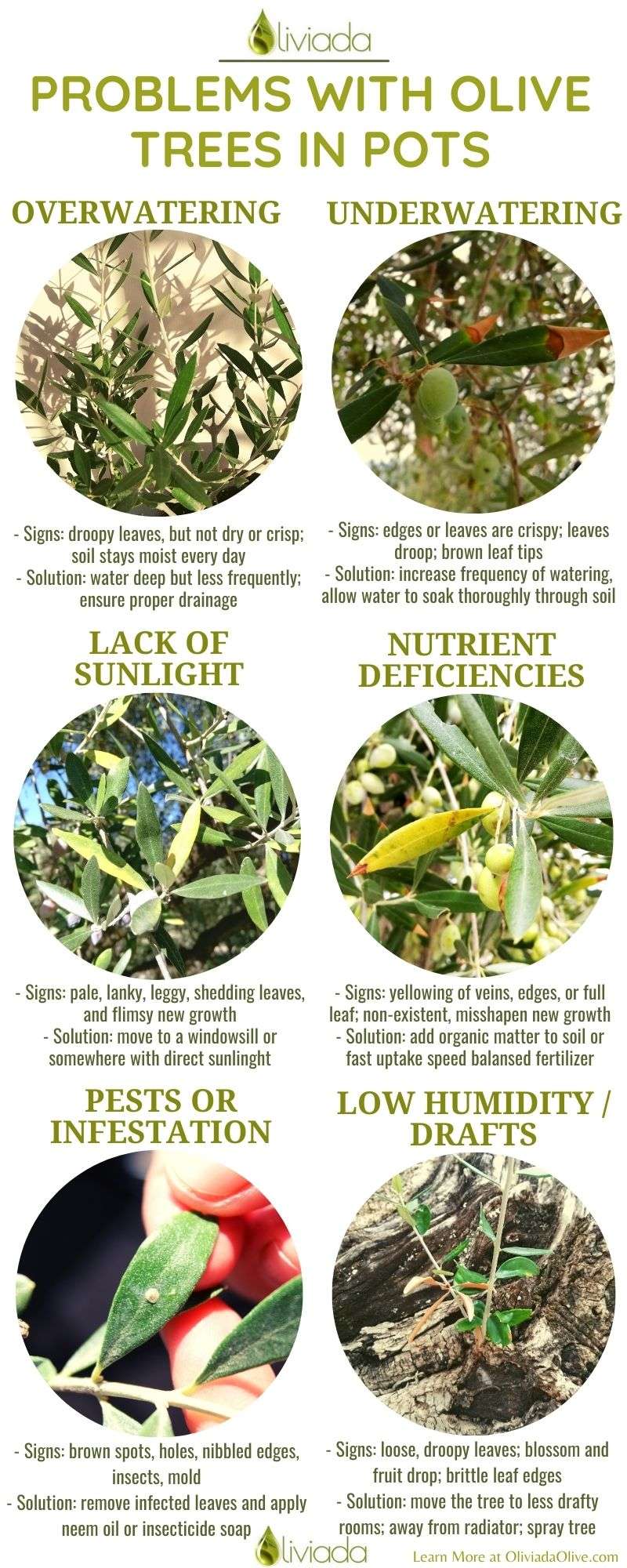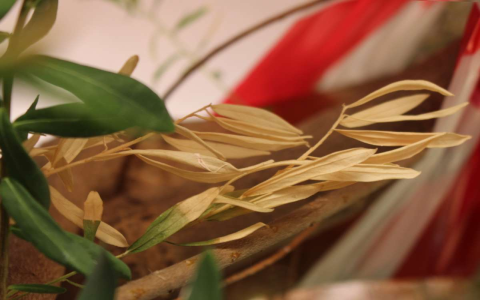Alright, let’s talk about olive tree diseases. I’ve been growing olive trees for a while now, and boy, have I seen my share of problems. One day I noticed that some of my trees looked a bit off, I saw some weird spots on the leaves and some branches were just not looking too healthy. I realized I needed to figure out what was going on. So I decided to document everything with pictures, you know, for future reference and to maybe help out other folks.
Getting Started
First, I grabbed my phone and started snapping pictures of everything that looked wrong. I took pictures of the leaves, the branches, the fruit, everything. I made sure to get close-ups of the spots and any weird discoloration. I took the photos under good light so that they were clear and easy to see.

- Take pictures of the whole tree: This gives an overall view of the tree’s health.
- Close-ups of leaves: Focus on any spots, discoloration, or wilting.
- Branches and trunk: Look for cankers, unusual growth, or anything out of the ordinary.
- Fruit: If there are any, check for rot, spots, or deformation.
Identifying the Diseases
Next, I started comparing my pictures to images online. I looked at websites, forums, and articles about olive tree diseases. It was a bit of a hassle to sort through all the information, but I eventually started to narrow it down. Then I noticed my photos could help to identify some common diseases.
- Olive Knot: I saw these weird, lumpy growths on some branches. They looked pretty nasty.
- Peacock Spot: This one was easier to spot because of the circular spots with a yellow halo on the leaves. My tree leaves did have them.
- Verticillium Wilt: Some branches were wilting and the leaves were turning yellow and brown. It looked like this could be the culprit.
Documenting Everything
As I figured out what each disease might be, I started organizing my pictures. I created folders on my computer for each disease and labeled the pictures accordingly. I also made some notes about each disease, like what it looks like, what causes it, and what I might be able to do about it.
Here’s how I structured my documentation:
- Disease Name: A folder for each disease (e.g., “Olive Knot”, “Peacock Spot”).
- Pictures: Multiple images showing different angles and aspects of the disease.
- Notes: A text file with observations, possible causes, and potential treatments.
What I Learned
This whole process taught me a lot about olive tree diseases. I learned how to spot them early, which is super important for keeping the trees healthy. I also figured out that having a good record of pictures can be really helpful in figuring out what’s wrong and what to do about it. Taking pictures really made a difference. It helped me see patterns and compare the changes over time. Plus, it was kind of satisfying to have this visual record of what my trees were going through.
Sharing My Findings
Finally, I decided to share my pictures and notes online. I figured there are probably other folks out there who are dealing with the same issues, and maybe my little project could help them out. I posted my findings on a gardening forum and got some good feedback. It was cool to connect with other olive tree growers and share tips and advice.
So, yeah, that’s my story about documenting olive tree diseases with pictures. It was a bit of work, but it was definitely worth it. I feel a lot more confident about taking care of my trees now, and I hope my experience can help some of you too.
Keep growing and keep snapping those pics!





















